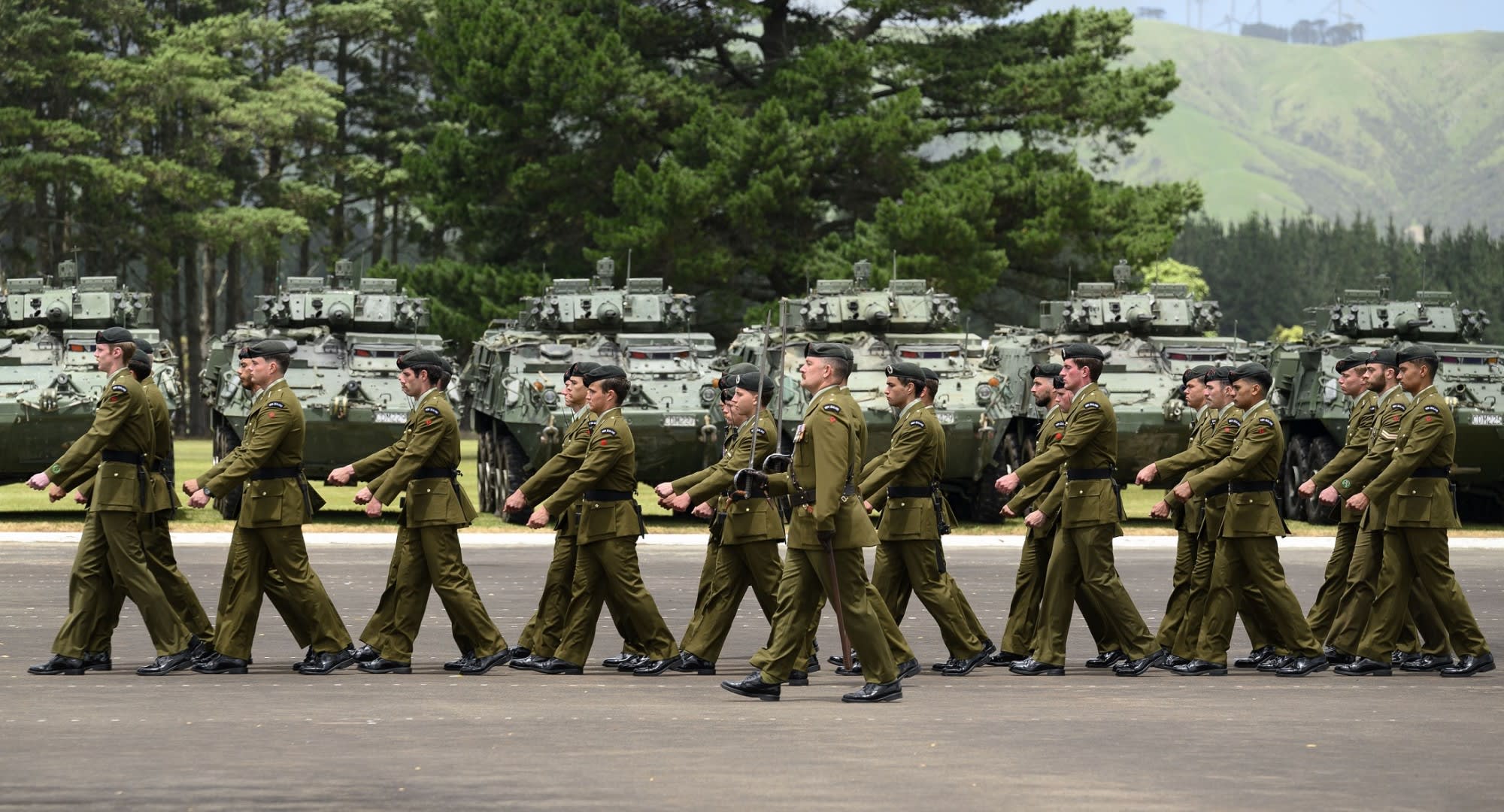The major problem is that the NZ Army hasn't had any really offensive combat capability for many years no long range arty, no anti air/drone capability and drones have been around for years!! No heavy armour, very limited anti armour capability. no portable anti air missles, no ATGMsMust be great for the troops to train for combat.
But it looks like this was training for 20th century warfare. No UAS/CUAS. No counter battery fire. Hopefully TS25 will be a bit more challenging and we can use our new drones.
Crawl/walk/run etc.
Re dcp any turret mods for the LAVs should integrate ATGMs.remember raising this here in the past and was told that no need- soldiers can dismount to launch. Many new IFVs have turret with integrated ATGMs. And RWS with IR for the bushmasters. If our friends are doing it must be sensible right.
Also the lack of moderm combat systems eg arty/long range strike, LAV's not being updated!! the mistral missile that NZ did have wasn't purchased with all required systems so not effective!!
Also with Air mobile operations a real lack of helicopters the RNZAF's 8 x NH90's is just not enough!! can't move enough pers and equipment in one go!!
Also not up to date with current ground tactics!! still using last century's warfare tactics!! the leadership is still training for the western desert warfare!!
Also lack of personal and personal training!! hopefully with the extra new funding this will be sorted!

